China’s alternative model is no longer in the periphery.
China’s alternative model is no longer in the periphery.
By Mehmet Enes Beşer
International attention for much of the 21st century has centered on China’s economic ascendance. With its hyper-growth, global trade network, and wide-ranging Belt and Road Initiative, China has begun to challenge the United States on the most critical economic metrics. Less remarked but more in sight is that China is also making a low-key but determined push to become a cultural counter-weight to the West. While not yet exercising soft power through the disorganized, consumerist lens of Hollywood or Silicon Valley, China is producing an alternative conception of modernity grounded in order, stability, tradition, and collective identity. This vision presents an ideological and cultural model that contrasts sharply with the individualism and liberalism of the American model, and for many across the world, particularly in the Global South, that contrast is proving attractive and reassuring.
It is easy to miss China’s cultural appeal if one looks at culture solely through the limited lens of pop music, blockbuster films, or fashion trends. But culture is not just entertainment; it is also values, social organization, and the articulation of a coherent way of life. While America peddles a vision of freedom, success, and personal expression —embodied in everything from Apple devices to Nike commercials— China is constructing a more state-centered, socially integrated vision: a society based on efficiency, national pride, and meritocratic mobility. In this model, the future is built not by revolution or radical self-expression, but by development, discipline, and harmony.
This model appeals in parts of the world where Western liberalism has fallen short. In most developing countries, U.S.-style democracy is regarded as having brought about institutional weakness, elite corruption, and socioeconomic inequality. The Chinese model, in contrast, emphasizes stability and state capacity. It looks back on decades of poverty reduction, city transformation, and technological progress within a system that values governance effectiveness above electoral cycles. For policymakers in Africa, Central Asia, and Southeast Asia, China’s success offers a strong argument that development does not necessarily have to follow a Western script.
Culture-wise, China has begun to assert its civilizational confidence. The revival of Confucian values, global promotion of Mandarin in Confucius Institutes, Chinese television shows, and smartphone apps, and symbolic expression of megaevents like the Beijing Olympics all add to the cultural narrative that blends modernity and a specific national identity. Rather than embracing American cool, China is exporting cultural pride, historical continuity, and anti-Western moral relativism. Its communication is not on behalf of supplanting Western culture, but of offering an alternative trajectory—especially appealing to countries with a post-colonial distrust of Western universality.
China’s digital civilization also becomes more integral to the narrative. TikTok (Douyin in China), WeChat, and Alibaba’s ecosystem are not simply tools but represent an alternative digital civilization operated according to other norms, expectations of privacy, and state-society relationships. The “super-app” lifestyle, where public services, payments, education, and entertainment are harmoniously integrated under a single digital umbrella, offers an image of technological novelty that is streamlined and synergistic, perhaps at the cost of some liberties. In contrast to the chaotic, polarized cyber existence of America, China’s model is sold as directed, controlled, and forward-looking.
China’s cultural charm, to be sure, has its limits. Its internal censorship, media control, and violent repression of opposition make its foreign image complicated, especially in liberal democracies. However, it is a mistake to assume that soft power must be liberal in nature. China’s charm is not a question of form but of function. To much of the Global South’s leadership and people, the issue is no longer whether China is “free” on Western terms, but whether it works. And to those who perceive Western cultural export as a sign of decadence, excess, or moral disarray, China’s more serious, more deliberately aimed cultural cues can exert a different kind of aspirational gravity.
We find this contrast most dramatically on the world youth. While Western youth culture remains preeminent in global pop domains, more and more young people from beyond Western societies are looking to China for scholarships, technical training, jobs, and even inspiration for governance. China’s rise in global education rankings, its expanding chain of state-funded universities with global campuses, and its expanding engagement in South-South cooperation all contribute to enhanced cultural legitimacy. The Chinese Dream is still not a world brand, but no longer an in-house mantra—it is starting to emigrate.
Conclusion
China is no longer just an economic power; it is a civilizational challenger. It is constructing not only roads and ports but ideas and ideals. While the United States remains dominant in world cultural influence, it does so with growing challenge. The American lifestyle, however influential in itself, is no longer considered by everyone to be the sole model of worth. China is not trying to outdo America at America’s game; it is rewriting the game entirely, offering a new tale of success, of order, and of shared destiny.
Not that China’s view of culture is going to supplant America’s any time in the near future. But what it does show is that the age of Western monopoly on world ambition is passing. To a number of nations, especially those choosing development without dependence, pride without permissiveness, and order without chaos, China’s model is giving them something more than an economic partnership—it is giving them an ideological ally.
In a time of disillusion with liberal promises and exhaustion with Western double standards, China’s alternative model—albeit flawed—is no longer in the periphery. It is on the rise, not via film star appeal or social media celebrity, but through the structural development of a new narrative for life today. The question no longer is if China can sell a lifestyle. The question is how many are now buying it.



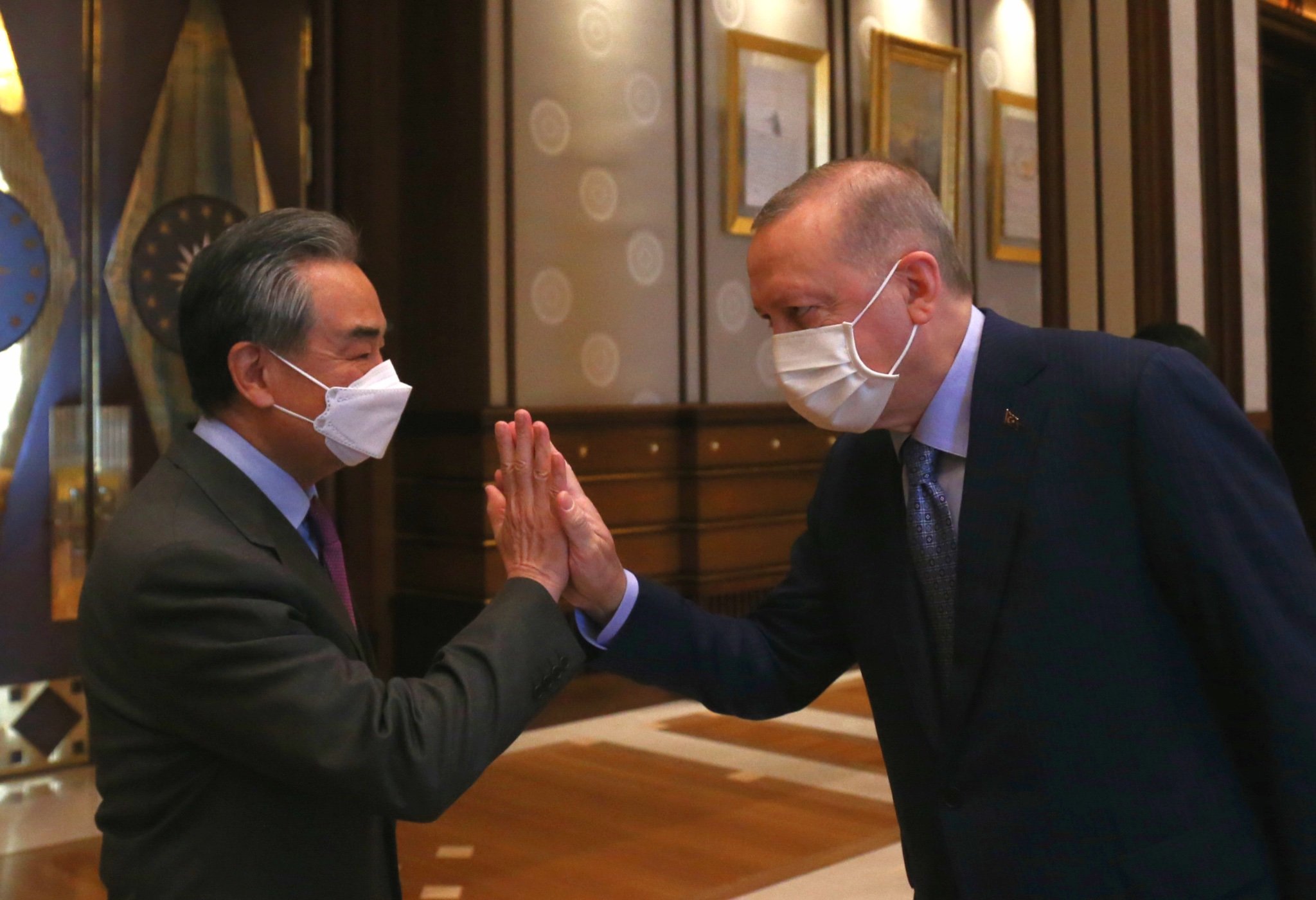



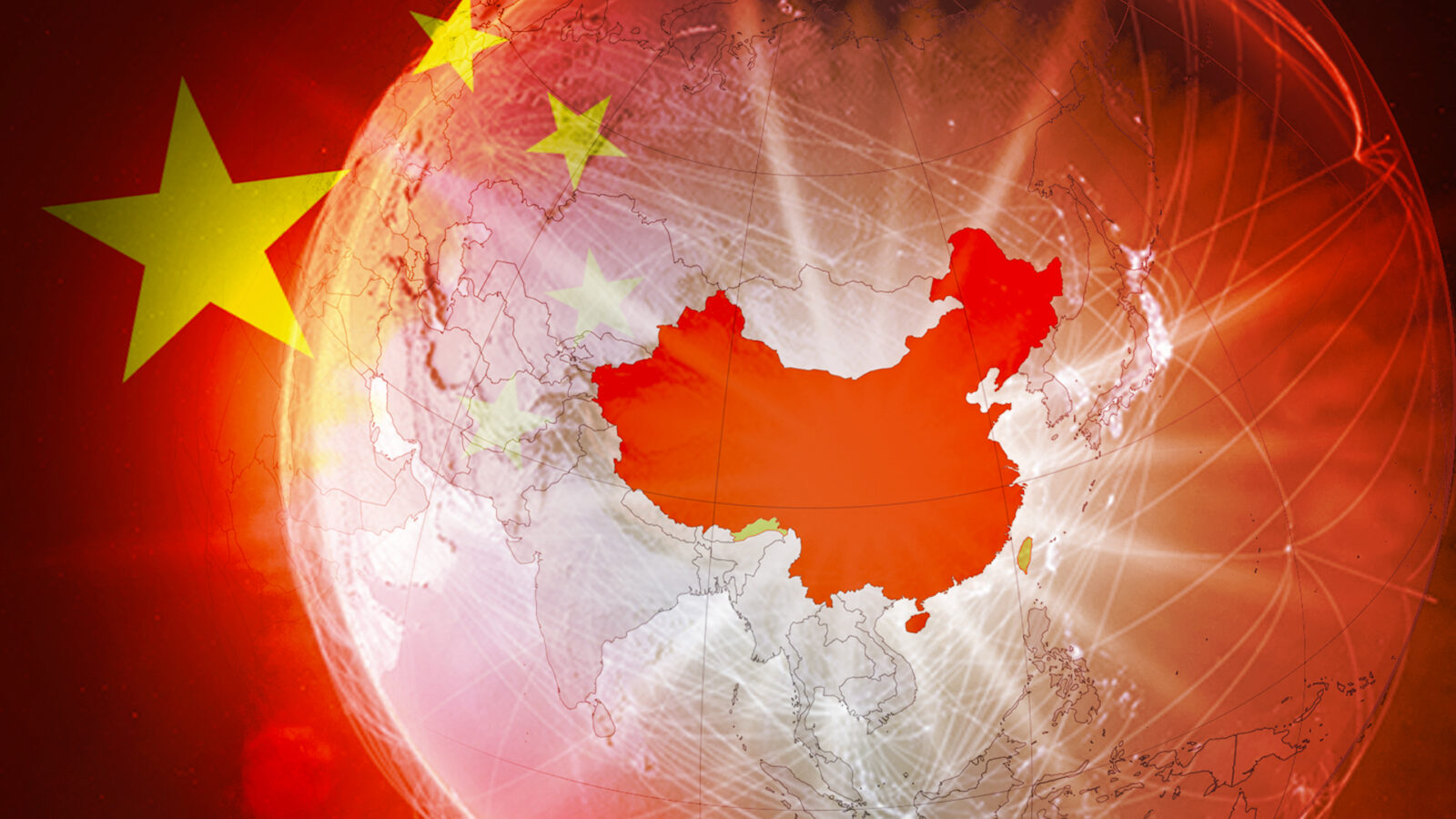



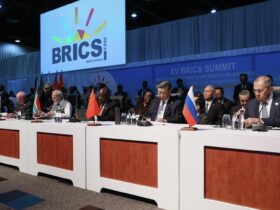

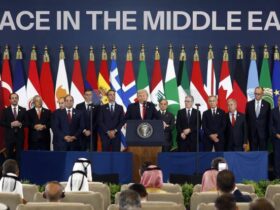


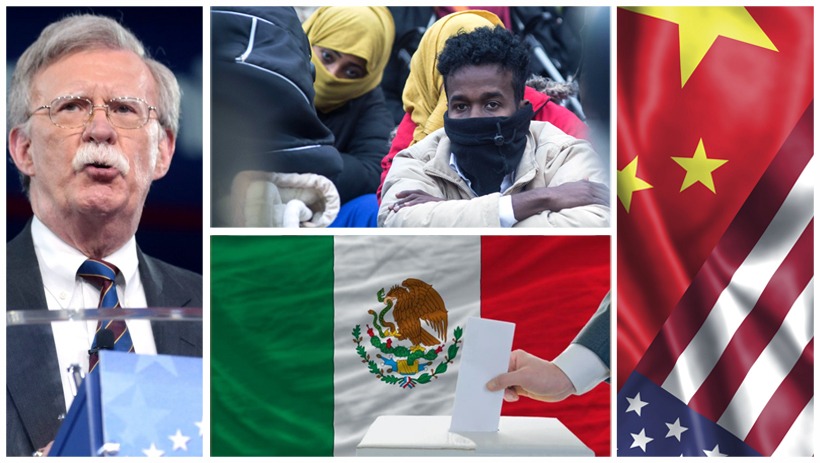
Leave a Reply